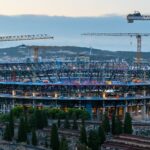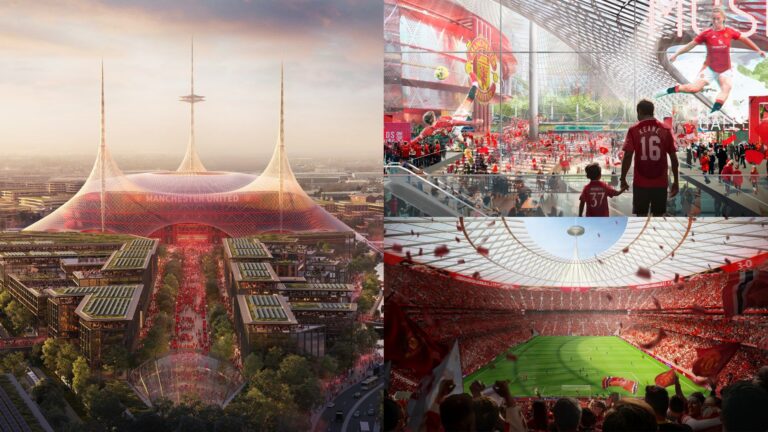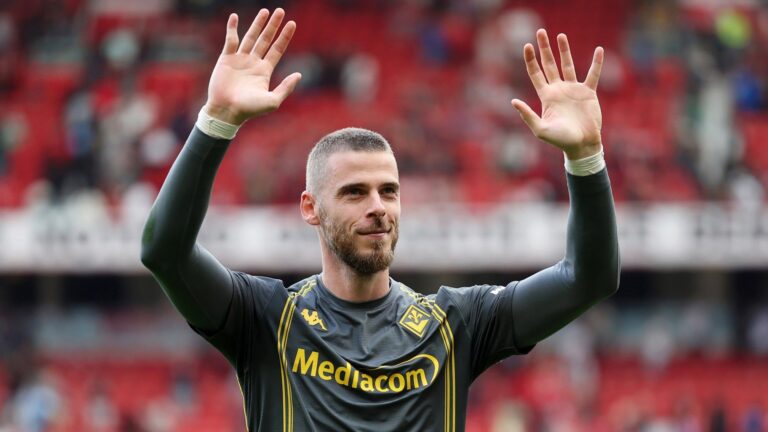


Instead of walking out at their iconic 99,000-seater cathedral, Barça have spent two full seasons exiled at the Olímpic, a stadium with just over half the capacity. That compromise has been bearable, but frustrations are boiling over as deadlines continue to slip.
برشلونة initially tried to delay the problem by asking UEFA to let them play their opening group match away from home. That wish was granted, they travelled to Newcastle this Thursday, but the reprieve was short-lived.
دوري أبطال أوروبا rules are clear: under Article 25.08, clubs are expected to play all their home matches in the same venue. UEFA does have some flexibility, but any mid-season switch would almost certainly only be allowed between the group phase and the knockouts in February 2026. In other words, Barca need to pick a home and stick with it.
The original dream was to unveil the shiny new Camp Nou with the Joan Gamper Trophy in August. That date came and went, with the match hastily moved to Johan Cruyff instead. Then came a revised promise: the refurbished stadium would be ready for their La Liga curtain-raiser against فالنسيا on September 14. Once again, fans were left disappointed, as that fixture was relocated to the Johan Cruyff and ended in a 6-0 win, overshadowed by the empty backdrop. Now, with October looming, the Camp Nou is still a construction site, and patience among the faithful is wearing thin.
For the Champions League, the Olímpic Lluís Companys is the only realistic choice. The ground, perched on the Montjuïc hill, holds 55,000 and has already become Barça’s “home away from home.” However, the promise of a new Camp Nou, modernised and worth every cent of its €1.5bn rebuild, keeps supporters dreaming. But until cranes, scaffolding and hard hats are swapped for banners, chants and floodlights, Barcelona remain nomads.









